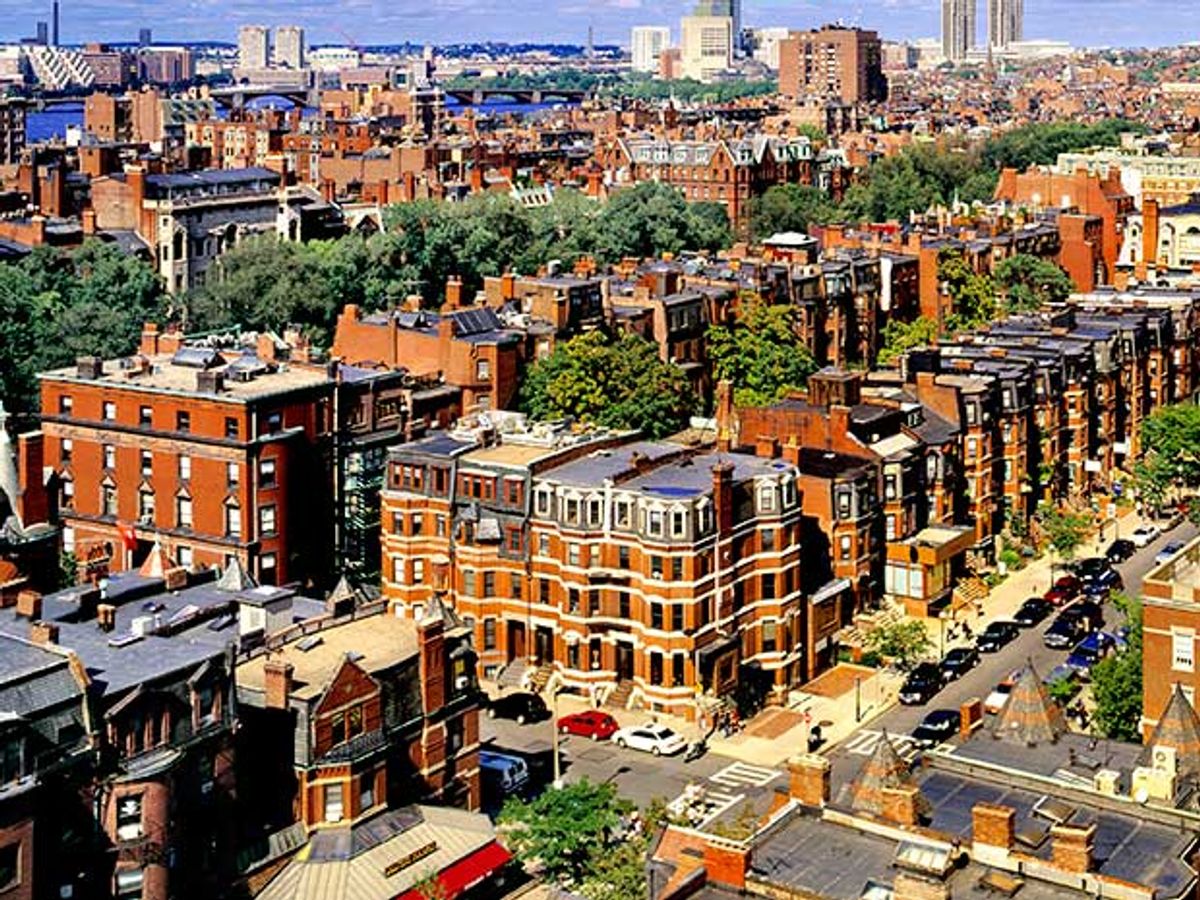Scientists could estimate a city's solar power potential by analyzing the size of its road network, a new study finds.
Inspired by studies on the relationships between blood vessel networks and a body's size and metabolic rates, study author Sara Najem, a physicist at Lebanon's National Center for Remote Sensing in Beirut, investigated what connections might exist between different elements of a city's infrastructure, such as its road network and its solar potential. "I am always seeking to draw analogies between living systems and cities," Najem says. Najem will detail her findings in the journal Physical Review E.
A city's solar potential depends in part on the arrangement of its buildings, which influences each structure's insolation, or the amount of sunlight it receives, as well as shadows cast on it by neighboring structures. The arrangement of a city's buildings, in turn, depends in part on its road network, which controls and constrains where and how many buildings are constructed.
Najem analyzed the road networks and the number of buildings in 10 cities: Beirut; New York; Boston; San Francisco; Boulder, Colorado; Cambridge, Massachusetts; Portland, Oregon; Washington, D.C.; and Vitacura and Lo Barnechea in Chile. She simulated the amount of sunlight rooftops in these cities received based on the footprints of their buildings and their elevations, areas and topography.
The researcher found that the greater the total length of road network was for a given area, the greater its solar potential. She also found that buildings within any given 2.5-kilometer radius often have similar architectural styles, and so have comparable solar potential.
Normally, one would think that the potential solar power of a city depends on its latitude more than anything, Najem says. “However, it seems that the built environment around the road network plays out to balance other effects,” she says.
These findings could lead to new tools to analyze the solar potential in urban areas to plan energy management policy making and sustainable growth, Najem says. Future research can investigate whether a similar effect is seen in rural areas, she adds.
Charles Q. Choi is a science reporter who contributes regularly to IEEE Spectrum. He has written for Scientific American, The New York Times, Wired, and Science, among others.



